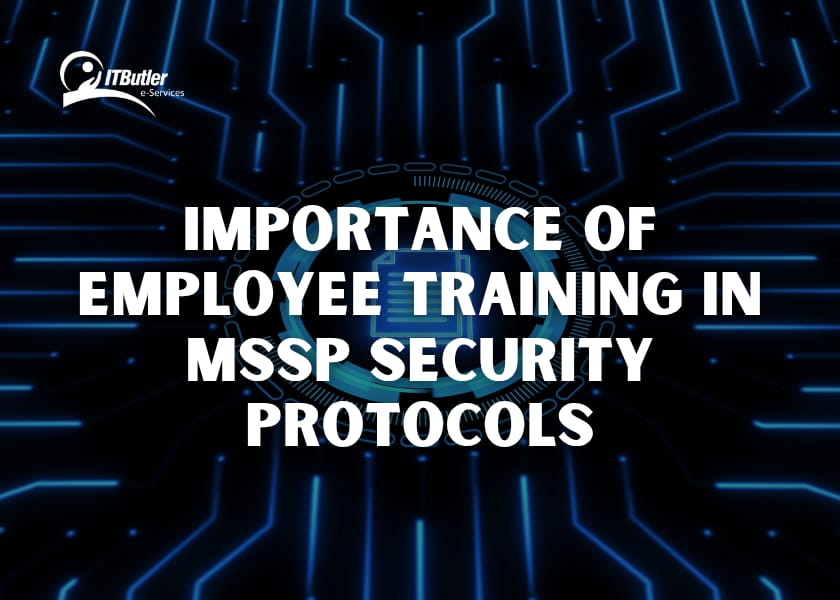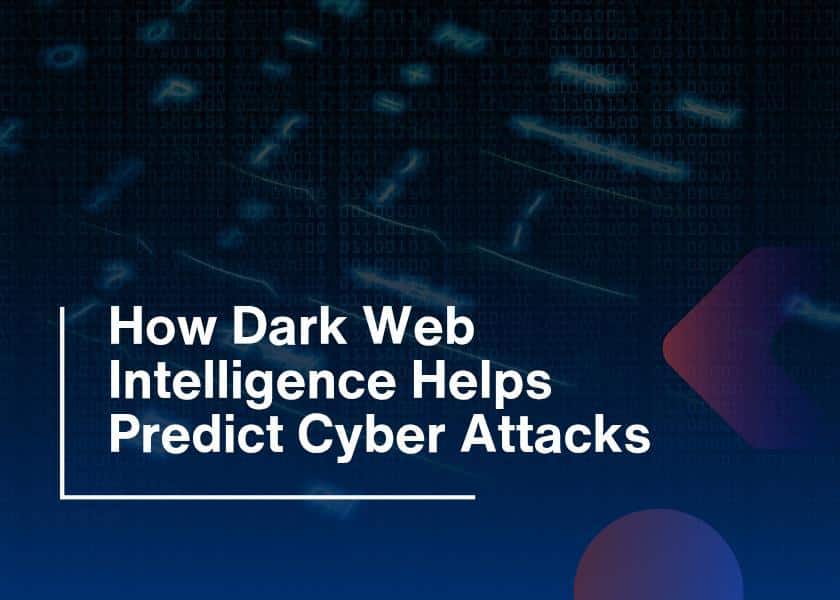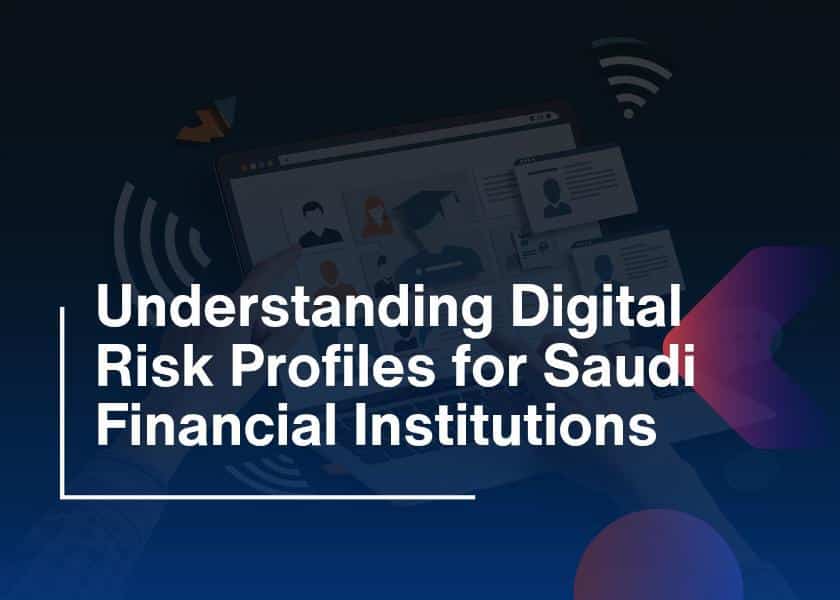Imagine investing in top-notch cybersecurity tools, hiring the best security analysts, and setting up a high-tech Managed Security Services Provider to protect your business. However, it appears as though everyone is in order until you from the accounting department fall for a phishing email boasting about a free vacation. So, all of a sudden, you are compromised at the moment! Therefore, nothing stands more precious to cybercriminals than hacking, and this is the reason that they are more inclined toward hacking human beings. Hence, that is why the MSSP employee training is important to protect against firewalls, antivirus, and other measures of the highest level.
In this blog, an analysis will be made to show how staff security awareness assists in the prevention of cyberattacks. Moreover, what can go wrong when employees are not given adequate cybersecurity training?
MSSP Employee Training and Why It Is Necessary?
Human Factor in Cybersecurity
Security analysts state that the greatest vulnerability is human vulnerability.” Still, much evidence supports this. Since the statement may sound harsh, demographic and statistical evidence justifies it—or at least supports it.
- As employees cause most data breaches, a study published in 2017 indicated that out of data breaches that occurred, 85% of them were as a result of human mistakes.
- Today, phishing attacks account for 90% of successful cyberattacks.
- Lastly, the employees reused passwords in 60% of cases is drawn that hackers will gain access easily.
Thus, sophisticated security measures do not mean a single slip can leave the door open for attackers to storm in. Therefore, MSSP employee training is like providing them with armor. They are safeguarded and confident enough to identify risks before they turn into mishaps.
1.2. MSSPs Need Cyber-Savvy Employees
MSSPs deal with the confidential information of the client, ensure the surveillance of risks, and protect against malicious attempts. So some of the risks that are likely to be encountered when an MSSP’s employees do not adhere to security standards include:
- Leaking of client information – This always causes some harm to the company’s reputation.
- Paternity Fraud – This breach of the legal procedures costs money since the law provides for penalty fees.
- Financial losses – Lastly, cyberattacks cost businesses billions yearly.
Best Methods for Employee Cybersecurity Training
1. Interactive Training Sessions
Forget boring PowerPoint slides! Instead, essentially, it is fun, you get working models, day-to-day life hacking demonstrations, etc.
2. Gamification and Rewards
Through this blog, it is evident that MSSPs can turn security training into a game with:
- Hosting cybersecurity competitions with prizes.
- Moreover, rewarding those employees who have been performing or have excelled as security champions.
- Establishing incentives to report phishing or merely other security threats.
Thus, according to the concept, people are more likely to memorize when they are content with the process.
3. Simulated Attacks
MSSPs should run:
- Therefore, organizations have been conducting phishing to test the employees’ response to such fake scams.
- Red team vs. blue team exercises, where one team attacks and the other defends.
- Plug and play checks the employees for plugging unknown devices through USB drops.
Hence, the only good way to plan for cyber threats is to be creative in the approach and practice of managing such incidences.
4. Continuous Learning
The threats are virtual hence, one cannot afford to undergo a training process a single time. So MSSPs should:
- Send monthly security updates.
- Provide micro-learning courses (5-minute lessons).
- Conduct quarterly security drills.
Knowledge refresh is very essential. Hencee, it is important to conduct training periodically on security.
Advanced MSSP Employee Training Techniques
However, the type of training offered to employees should also change with the changing trends in Information Technology security. So here are some of the training techniques that MSSP can use to ensure that the company employees prevent being outwitted.
1. Behavioral Analytics for Cybersecurity Training
Isn’t it possible to know in advance which of the company’s workers can be easily manipulated with a scam? Such techniques involve the use of artificial intelligence to monitor all employee interactions and behaviors that occur on the World Wide Web.
For example:
- If an employee opens many external links, it could be that he/she needs to take additional training on phishing.
- However, if a person logs in from an unusual location, the system should prompt them to use secure login access.
Therefore, with behavior monitoring, the facilities can devise individual behavioral development interventions that are appropriate to each company instead of a rigid set of practices with set lessons.
2. Psychological Tactics to Strengthen Cybersecurity Awareness
This is because hackers employ different strategies that are also involved in social engineering. So the following are important awareness levels that the employees should possess:
- Simple tricks – ‘”React immediately, or we will TERMINATE your account!”
- Socio-phishing – The hacker impersonates businessmen, asking for funds, and impersonates a company’s employees, claiming there is a security threat.
- Curiosity traps – These are phrases such as “Your salary information for non-disclosure”
Hence, MSSPs should arrange needs for their employee to act in response to these tactics. The objective is to develop cybersecurity Second Nature.

Business Benefits of Employee Cybersecurity Training
1. Reduced Security Risks
A well-trained workforce can:
- Prevent accidental data leaks.
- Strengthen overall security posture.
2. Increased Employee Confidence
Any given employee is motivated if he is equipped with the knowledge of how to prevent or combat a cyber threat. So, they turn to defenders instead of potential security threats.
3. Compliance with Industry Regulations
However, training also makes a business operate legally and conform to the requirements of the industry to avoid legal liabilities.
4. Enhanced MSSP Reputation
An MSSP with a strong security culture gains customer trust and industry credibility. So, it is for this reason that clients demand MSSPs that operate through concept awareness across organizational levels.
Future of Cybersecurity Training in MSSPs
AI-Powered Training
AI-driven simulations will conduct the training process, considering aspects such as an employee’s behavior and security shortcomings.
VR and AR Training
Virtual Reality (VR) and Augmented Reality (AR) will create immersive cybersecurity scenarios, making training more realistic.
Real-Time Threat Alerts
Employees will get live security alerts, which will explain the threats encountered in training in real-time.
As pointed out, cybersecurity training will progress in the future to meet emerging threats and new technological changes.
Conclusion
Cybercriminals also continue to rise in intellect daily, but your employees are equally intelligent. Therefore, Employees must understand why and how MSSP security protocols ensure safety for them to be effective.
MSSP employee training is not just about data risk mitigation; it is about shielding businesses from reputation loss, consumer losses, or bankruptcy lapses. Is your team ready to become cybersecurity protected, or will they be the weak link? The choice is yours!





